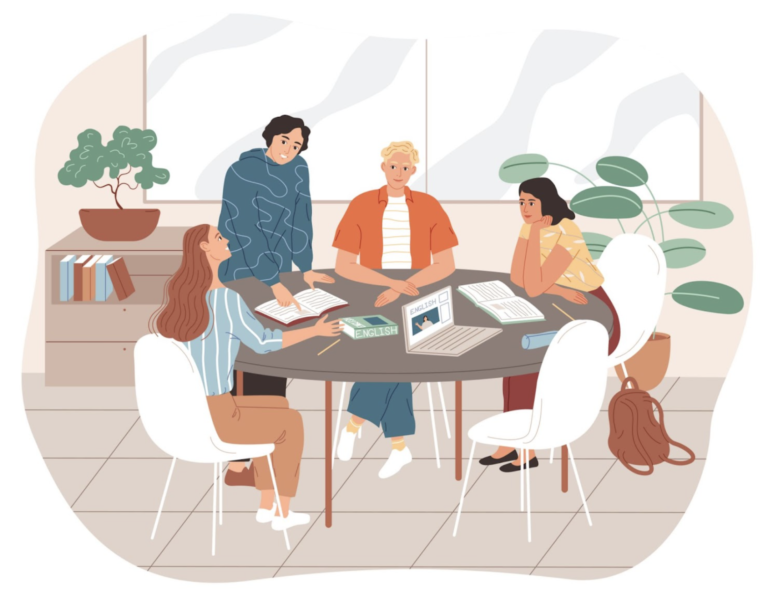Finding and creating Open Educational Resources
Last week’s Teaching Tip by Chris Lott, Open Education Abecedarium, touched on the complexity of Open Education as a “broad range of philosophies, pedagogies, activities, and products. In our Teaching Tip from last October, An Introduction to Open Educational Practices, Christen Bouffard outlined the benefits of teaching with open pedagogy. And I wrote about some products of Open Education and a few reasons why you may want to employ them in your course in the Teaching Tip A Brief Guide to Open Educational Resources.
I would like to dive back into the products, the Open Educational Resources (OER), and focus on tips for finding and evaluating OER. I would also like to invite everyone to check out our new resource site Open Education: Resource and Practice at UAF and invite you to join the Open Education conversation.
Finding OER
Searching out the best OER for your course can take a little more time than finding and evaluating standard textbooks, but it can be an interesting process of discovery as well. There is no one repository for finding resources and once you have found something promising, you will need to evaluate the content and determine how much of it you want to use. This may seem daunting – just remember that your students will thank you for the money they save on textbooks!
You can already use many resources under Fair Use practices but if you want to be able to adapt and modify material freely to meet your needs without worry, you may wish to search specifically for content designated as an OER. Most of these resources will have a Creative Commons License that will let you know if the material has any copyright strings attached.
Before you begin your search, you also may want to step back and consider your course outcomes and learning objectives to help you frame your keyword searches. Think about the activities you are having students engage in and what specific material will be essential to know. It is likely that you will not find a singular resource that fits your whole course; you may need to curate multiple sources to fit. You can use Google’s Advanced Search tools to check usage rights that allow for reuse and modification. It’s a good idea to verify this before remixing; look for the Creative Commons license or other statements for usage.
If you are not getting great results from keyword searches, try searching by discipline. There are many OER repositories that will allow you to search broadly by discipline and narrow by other parameters. On our UAF Open Education site, we provide links to a number of repositories and other lists that you can try. UAS and UAA also both have good information on OER you can investigate, which are linked to from our site.
And, finally, don’t forget to utilize the experts: librarians. They can help you search out and evaluate resources. More on this subject in our next Teaching Tip.
Peer Review
Some OER repositories, such as MERLOT and BCcampus, encourage and note materials that are peer reviewed which will help you determine content accuracy and legitimacy. Some resources at MERLOT have also been through the nationally recognized Quality Matters certification process. If you find a resource that has not been peer-reviewed, you can use the OER Assessment Rubric to help you evaluate the content.
Usability and Accessibility
Keep in mind that the resource you find may not meet standards for accessibility. You can find more information and links to tools for assessing resources you find at the UAF Disability Services website.
Can’t find it? Make it!
If you’re having a hard time finding the perfect materials, consider creating your own OER to share with the world! We’re out of space for this Teaching Tip so please visit https://open.uaf.edu to learn more. If you have questions or suggestions, please get in touch!




